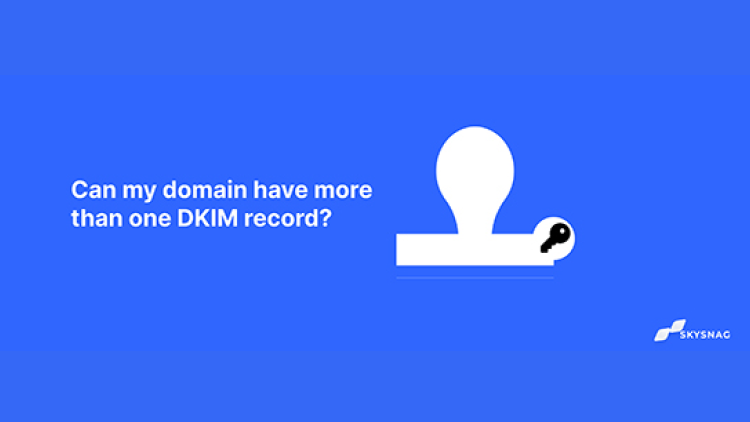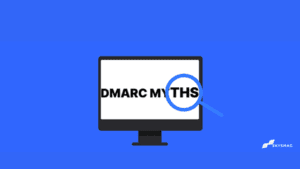Can my domain have more than one DKIM record?

You can have more than one DKIM record on your domain, unlike DMARC or SPF. As long as your DNS host permits it.
Some typical justifications for creating additional DKIM records
You communicate every day using a variety of outside email providers. In this situation, to enable authentication for each of these providers, you must configure unique selectors and public-private key pairs. The DKIM activation procedure varies depending on the email vendor.
What is DKIM record?
A DKIM record is a TXT record that has been published in the DNS. The public DKIM key is contained in the “p=” tag, one of a list of tags that make up the message.
How to add multiple DKIM records?
Utilize our free DKIM generator tool to create multiple DKIM records.
Once you’ve finished designating a selector for your record (for example, s1), you must acquire access to your DNS in order to publish it. Alternatively, you can request your domain registrar to publish the keys on your behalf.
Simply create different TXT/CNAME records for each of your sending sources and paste them on your DNS for the same domain to publish multiple DKIM records. Use a different DKIM selector each time you generate a record so that it doesn’t match any of the selectors that were merged into your previous records. This will stop any of your current records from clashing with the new one.
Use our free DKIM record checker tool to confirm that your DKIM record is configured properly and that your domain’s DKIM selector is pointing to the correct DKIM key.
Conclusion
Skysnag’s automated DKIM solution helps you to inspect and verify your DKIM records while examining email messages’ origin and content in an effort to lower the amount of spam, phishing, and other harmful emails. Get started with Skysnag and Sign up for a free trial today




